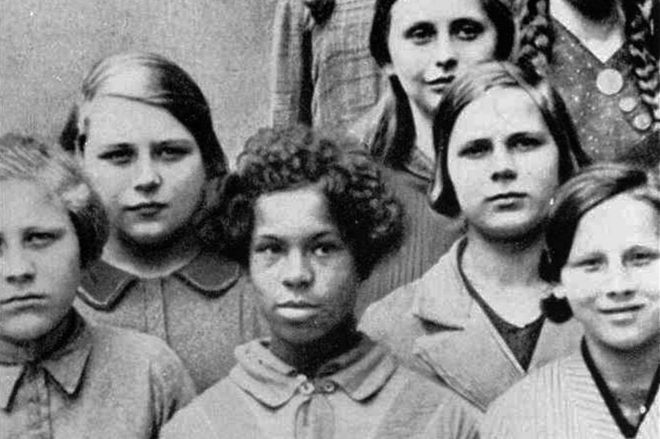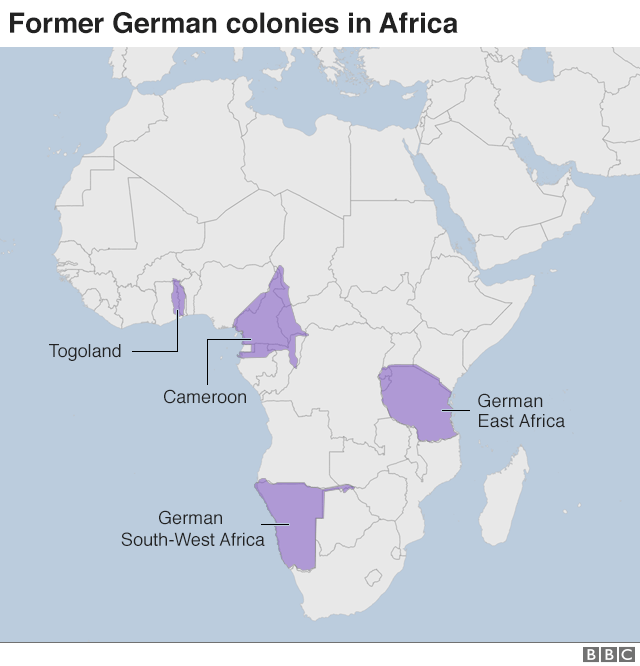Being black in Nazi Germany [View all]
Film director Amma Asante came across an old photograph taken in Nazi Germany of a black schoolgirl by chance.
Standing among her white classmates, who stare straight into the camera, she enigmatically glances to the side.
Curiosity about the photograph - who the girl was and what she was doing in Germany - set the award-winning film-maker off on a path that led to Where Hands Touch, a new movie starring Amandla Stenberg and George MacKay.
It is an imagined account of a mixed-race teenager's clandestine relationship with a Hitler Youth member, but it is based on historical record.
Warning: Some people may find some of the content of this article upsetting
In the Nazi era, from 1933 to 1945, African-Germans numbered in their thousands.
There was no uniform experience, but over time, they were banned from having relationships with white people, excluded from education and types of employment, and some were sterilised, while others were taken to concentration camps.
'Disbelief and dismissiveness'
But their story has largely been untold - and it has taken Ms Asante 12 years to get her account of the period on to the big screen.
"Often there's a form of disbelief, of questioning, sometimes even a dismissiveness of the difficult lives these people led," she told the BBC about the reaction she received from some when she spoke about her research for the film.
The African-German community has its origins in the country's short-lived empire. Sailors, servants, students and entertainers from present-day Cameroon, Togo, Tanzania, Rwanda, Burundi and Namibia came to Germany.
Much more:
https://www.bbc.com/news/world-africa-48273570
 This photo was used in genetics lectures at Germany's State Academy for Race and Health
This photo was used in genetics lectures at Germany's State Academy for Race and Health Library of Congress


